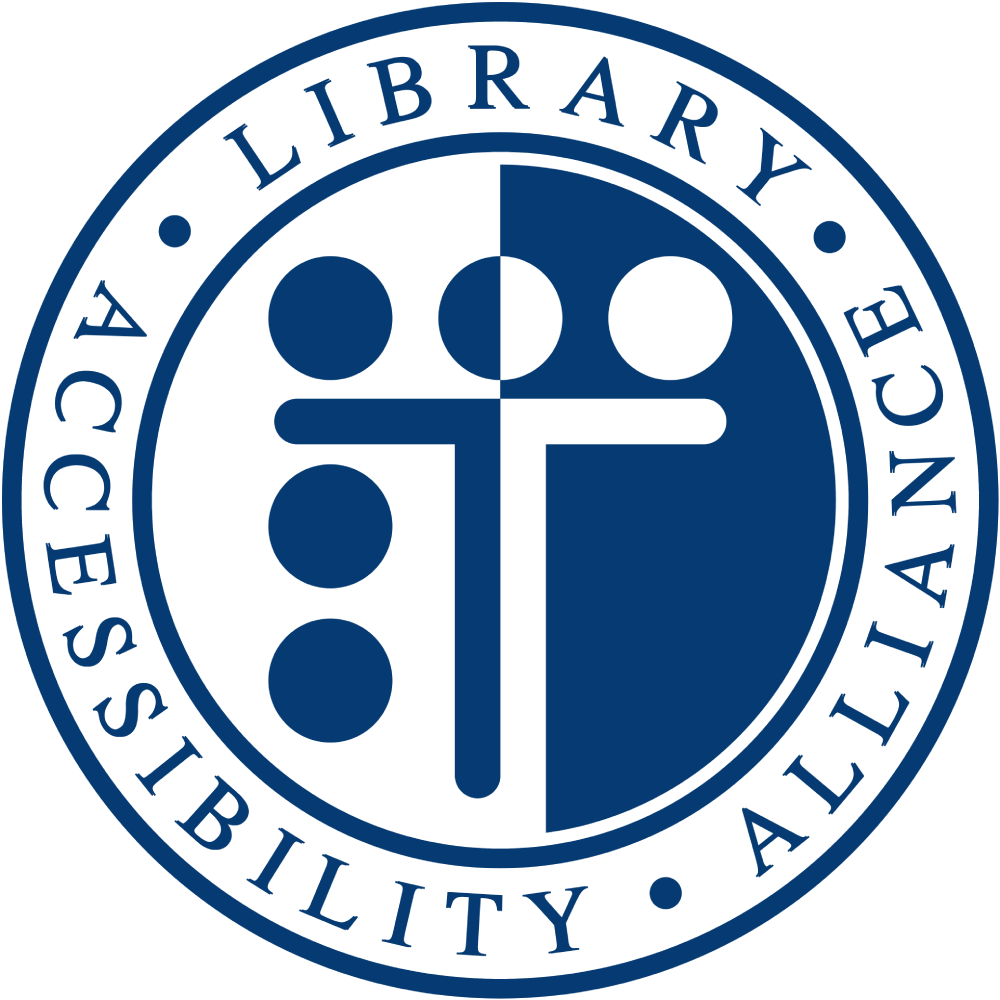This high-level assessment covers limited portions and functionality of the American Society for Microbiology (ASM) Journals Platform. The assessment revealed issues with assistive technology compatibility, resulting in some users missing information required to perceive and understand content, and to operate functions. It is important to keep in mind that the findings represent a high-level assessment, and do not reflect the results of a Deque Comprehensive Web Assessment.
Top 2 Issues
- Label in Name – Throughout the site, many controls make use of a programmatic label that is meant to provide a label to Assistive Technology that is more descriptive. However, the programmatic labels often do not include the visible label that is present or they are used to obscure labels that are nested in the control. This results in a potential problem for users of voice activation software who often rely on a visible label to know what voice command will allow them to interact with a given control.
- Color Contrast – Contrast issues are very common in pages for an individual item/search result. Also, some issues were observed with icons and some focus indicators when gathering screenshots but these were not thoroughly tested nor recorded due to time constraints.
 Library Accessibility Alliance
Library Accessibility Alliance